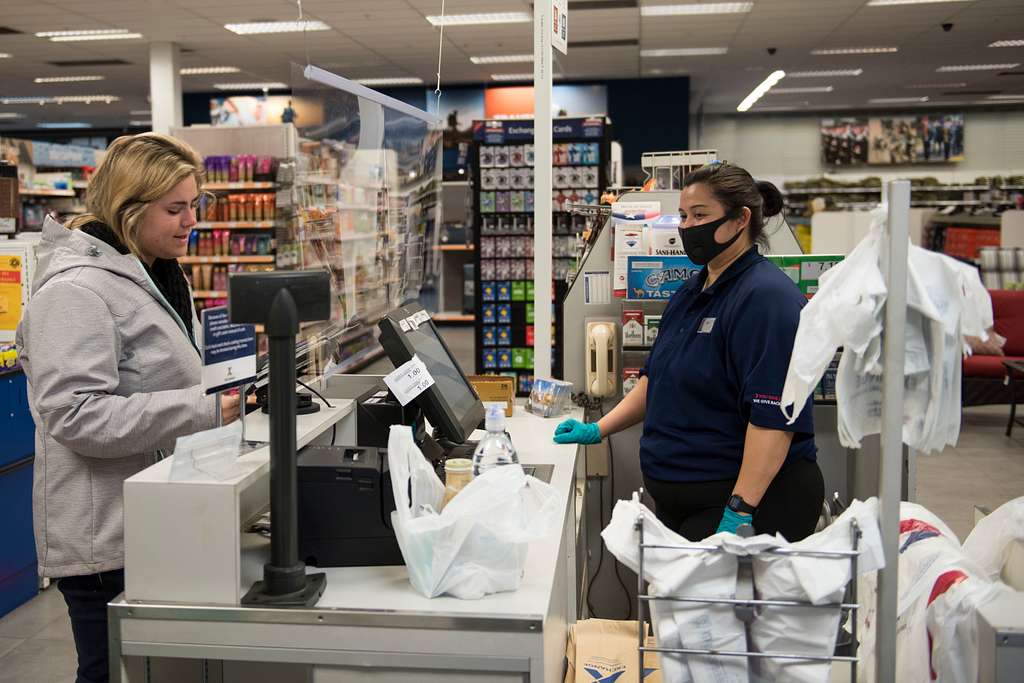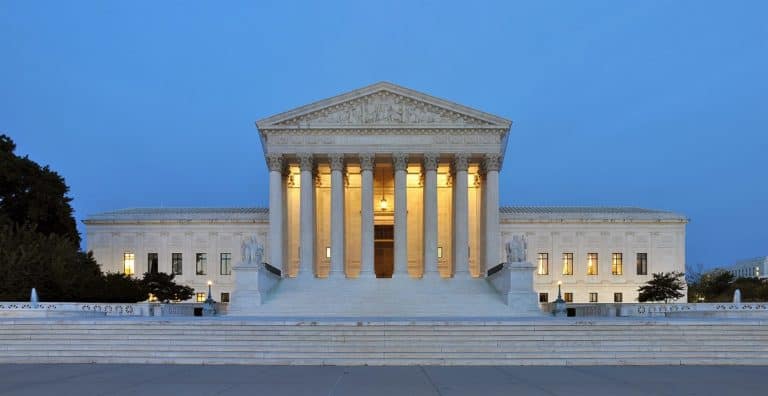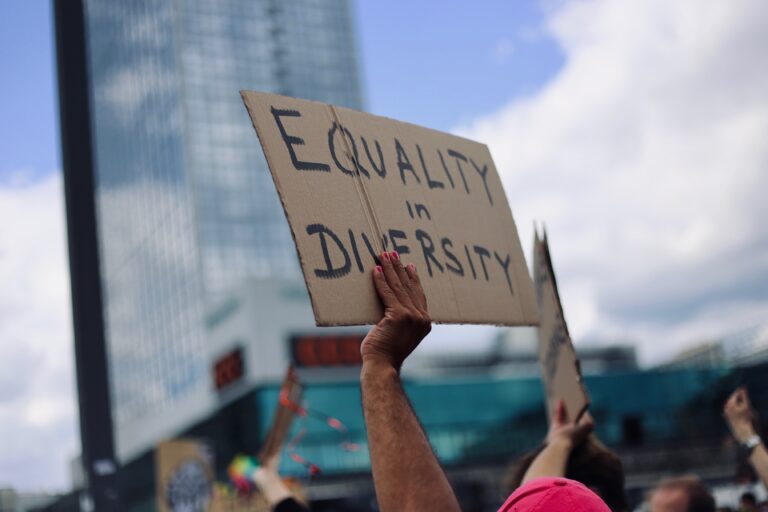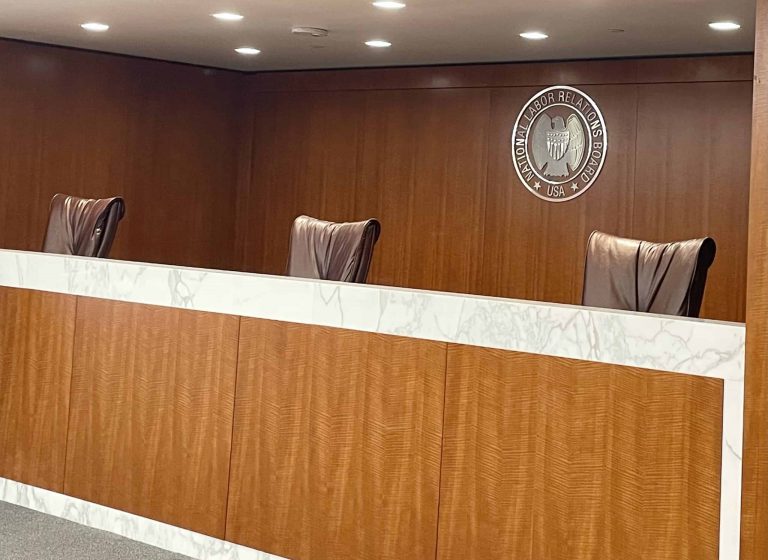
Madeline Cargill is a student at Harvard Law School and a member of the Labor and Employment Lab.
Customer harassment of service workers is all too common in the United States. Across industries, workers — especially women — report facing sexual harassment from customers. In addressing this issue, the EEOC and courts have typically applied a negligence standard to determine employer liability for third-party harassment under Title VII of the Civil Rights Act, which prohibits sex harassment that creates a hostile work environment.
The Sixth Circuit’s recent holding in Bivens v. Zep broke from this practice. While other courts look to whether the employer knew or should have known of the harassment and failed to take corrective action, the Sixth Circuit in Bivens changed the question to whether the employer intended that the harassment occur. This higher bar insulates employers from liability for third-party harassment of their workers and makes accountability harder to achieve on behalf of employees who have been wronged.
Bivens v. Zep
In Bivens, the plaintiff alleged a hostile work environment created by a company client. Ms. Bivens was a sales representative at Zep who visited customers on site. After she entered one customer’s office, the customer locked the door and asked if they could date. Bivens declined and asked to leave. She reported the incident to her supervisor and was reassigned to another team to avoid future interaction with this customer. Not long after, Bivens was terminated in a cost-cutting effort, and she sued Zep alleging Title VII claims. The District Court for the Eastern District of Michigan granted the employer’s motion for summary judgement, and Bivens appealed. The Sixth Circuit ultimately affirmed.
The Sixth Circuit began by distinguishing between direct liability and vicarious liability under Title VII. Direct liability only attaches to the acts of “high level” officials who can be treated as “stand-ins for the company itself.” Vicarious liability, on the other hand, is imputed when the harasser is a supervisor or a coworker. The court’s reasoning is rooted in agency law: “[b]ecause Title VII defines “employer” to include “any agent” of the company… [T]he law incorporates background agency law principles.”
Moving on to employer liability for harassment by a third party, the Sixth Circuit distinguished the employer-employee relationship from the employer-client relationship. While the former is a principal-agent relationship, the latter is not. Because the employer-client relationship falls outside of agency principles, the court reasoned, the “agency-law-based negligence standard does not apply in these circumstances.” Thus, an employer can only be directly liable “for its own actions” in third-party cases. For liability to attach, an employee must show that her employer “desired to cause her harassment or was substantially certain that it would result from its actions.”
Noting that “[o]ther than the Seventh Circuit, every other circuit to reach the issue… has applied some form of a negligence theory of liability to the harassing acts of customers,” and that within the Seventh Circuit there are conflicting decisions on the issue, the Sixth Circuit nevertheless adopted its heightened standard despite “standing nearly alone in this conclusion.”
Applying this new standard to Bivens’ case, the Sixth Circuit held that because the interaction would not “allow a jury to conclude that Zep desired such an interaction to occur or was substantially certain that it would,” Zep was not liable.
The Sixth Circuit’s Flawed Reasoning
The negligence standard used by other circuits requires a showing that “the employer knows or should have known of the conduct and fails to take immediate and appropriate corrective action.” Here, as soon as Bivens’ supervisor learned of the client’s conduct, the supervisor took “immediate and appropriate corrective action” by ensuring she would never have to see the client again. Under the negligence standard, Zep would prevail. Even so, the Sixth Circuit unnecessarily adopted a more stringent test.
The Sixth Circuit framed its holding as inevitably required by agency law principles. Not so. As others have pointed out, the Sixth Circuit’s assertion that third-party harassment falls outside the agency relationship is not obviously correct.
Assuming arguendo that the principal-agent relationship does hold in cases of coworker harassment, the agency law rationale that allows for a negligence liability standard in such instances also applies in the third-party context. The Zep court explained that an employer may be held liable for an employee’s harassment under a negligence standard as “an outgrowth of the idea that within the time of service, the master can exercise control over the physical activities of the servant.” The court then stated that an employer does not exercise such control over clients and customers. But this analysis overlooks a reality that other circuits have recognized: “the employer ultimately controls the conditions of the work environment.” Lockard v. Pizza Hut, Inc., 162 F.3d 1062, 1074 (10th Cir. 1998). Other courts have recognized the common-sense principle that employers “ha[ve] the ability to alter” at least some workplace “conditions to a substantial degree.” Id. at 1073 (quoting Crist v. Focus Homes, Inc., 122 F.3d 1107 (8th Cir. 1997)). Intuitively, employers can exert control over third-party behavior through mechanisms like access to the property, ejecting abusive customers, changing vendors, and otherwise setting policies for customer-worker interactions.
Far from the Sixth Circuit’s framing of third parties existing beyond employer control, employers have multiple mechanisms through which they can exert control over customer-employee interactions.
Impact of the Decision
In acknowledging that it was breaking with most other circuits, the Sixth Circuit attempted to minimize the significance of its decision by pointing out that “many of the circuit cases that nominally apply a negligence standard would likely have been resolved the same way under the intent standard” it adopted. Importantly, the reverse is also true: Bivens would have come out the same way under the lower negligence standard.
Moreover, while the more egregious cases may come out the same way under both standards, the higher standard precludes some workers from recovering who otherwise may be able to. How many times must an employee be harassed by the same customer for her employer to become “substantially certain” the harassment will occur again?
Consider a hypothetical scenario: a cashier is harassed by a customer who makes lewd comments while she rings up his items. She reports the harassment to her manager, who tells her not to worry as not all customers return to the store, let alone the same cashier. The next week, the customer returns and again harasses the same cashier.
Under the intent standard, there likely would be no employer liability. How could the employer be “substantially certain” the harassment would occur again, if the employer wasn’t substantially certain the customer would return to the store, or to the same cashier? Under the negligence standard, however, the employer may be liable: the employer knew of the harassment and did not take appropriate corrective action, and additional harassment occurred.
Conclusion
The Sixth Circuit’s decision in Bivens v. Zep unnecessarily raised the standard employees must meet to hold their employers accountable for third-party harassment in the workplace. In a labor market where harassment is pervasive in customer-facing jobs, a heightened standard for employer liability is a step backward. Though most other circuits use the lower negligence standard, the creation of a circuit split in Bivens is something advocates should watch.










Daily News & Commentary
Start your day with our roundup of the latest labor developments. See all
December 22
Worker-friendly legislation enacted in New York; UW Professor wins free speech case; Trucking company ordered to pay $23 million to Teamsters.
December 21
Argentine unions march against labor law reform; WNBA players vote to authorize a strike; and the NLRB prepares to clear its backlog.
December 19
Labor law professors file an amici curiae and the NLRB regains quorum.
December 18
New Jersey adopts disparate impact rules; Teamsters oppose railroad merger; court pauses more shutdown layoffs.
December 17
The TSA suspends a labor union representing 47,000 officers for a second time; the Trump administration seeks to recruit over 1,000 artificial intelligence experts to the federal workforce; and the New York Times reports on the tumultuous changes that U.S. labor relations has seen over the past year.
December 16
Second Circuit affirms dismissal of former collegiate athletes’ antitrust suit; UPS will invest $120 million in truck-unloading robots; Sharon Block argues there are reasons for optimism about labor’s future.